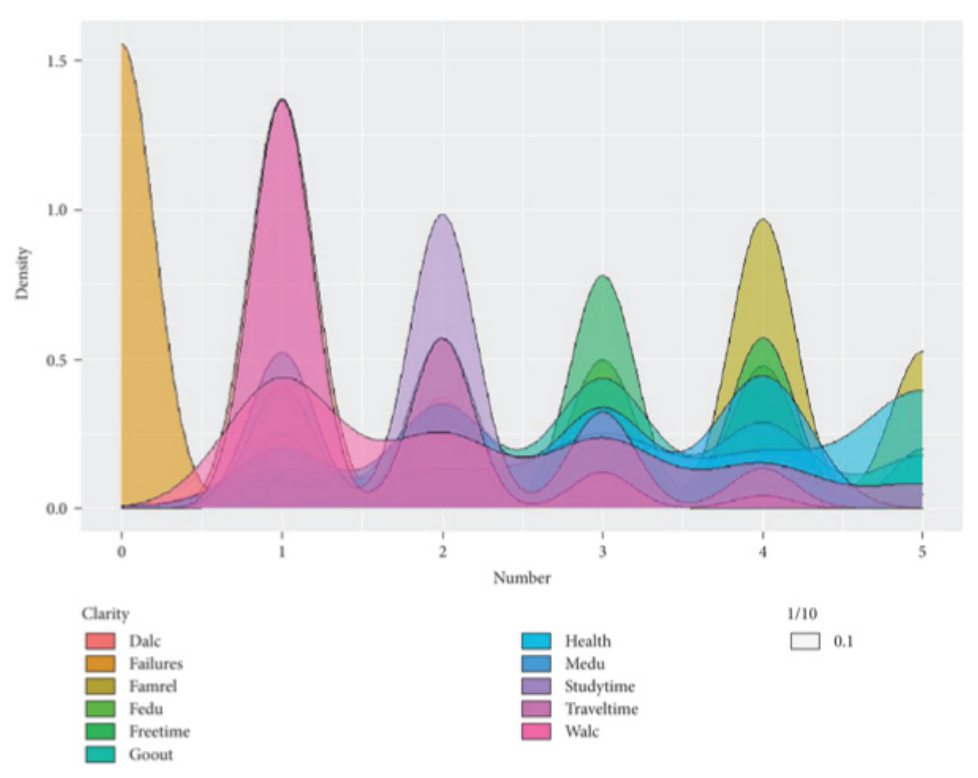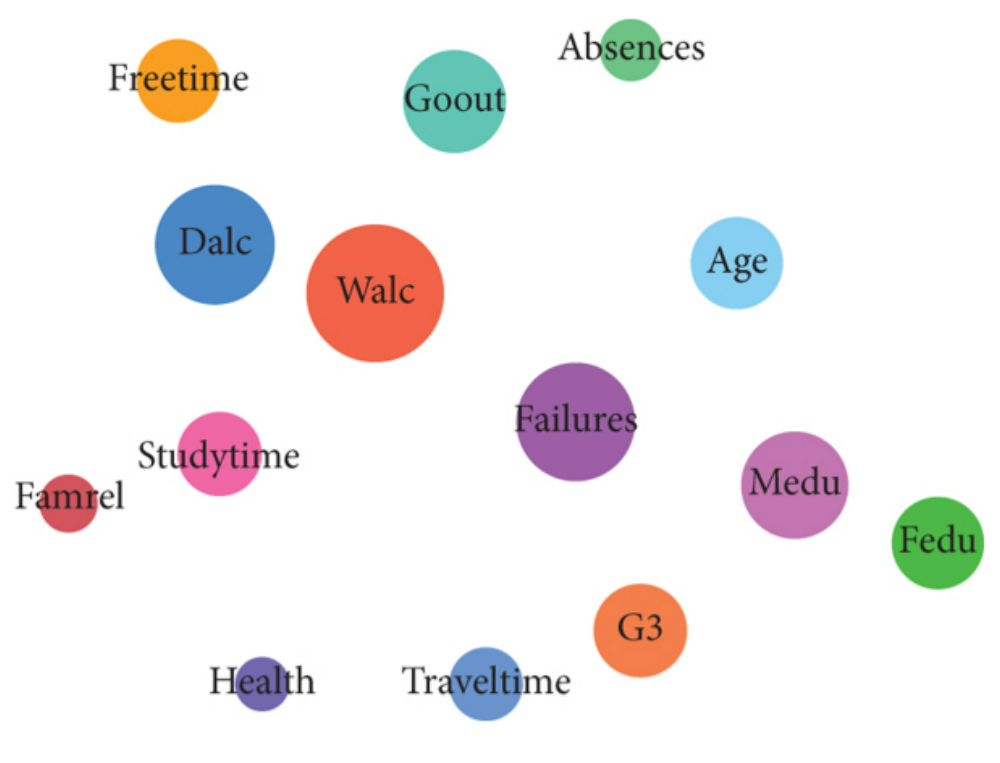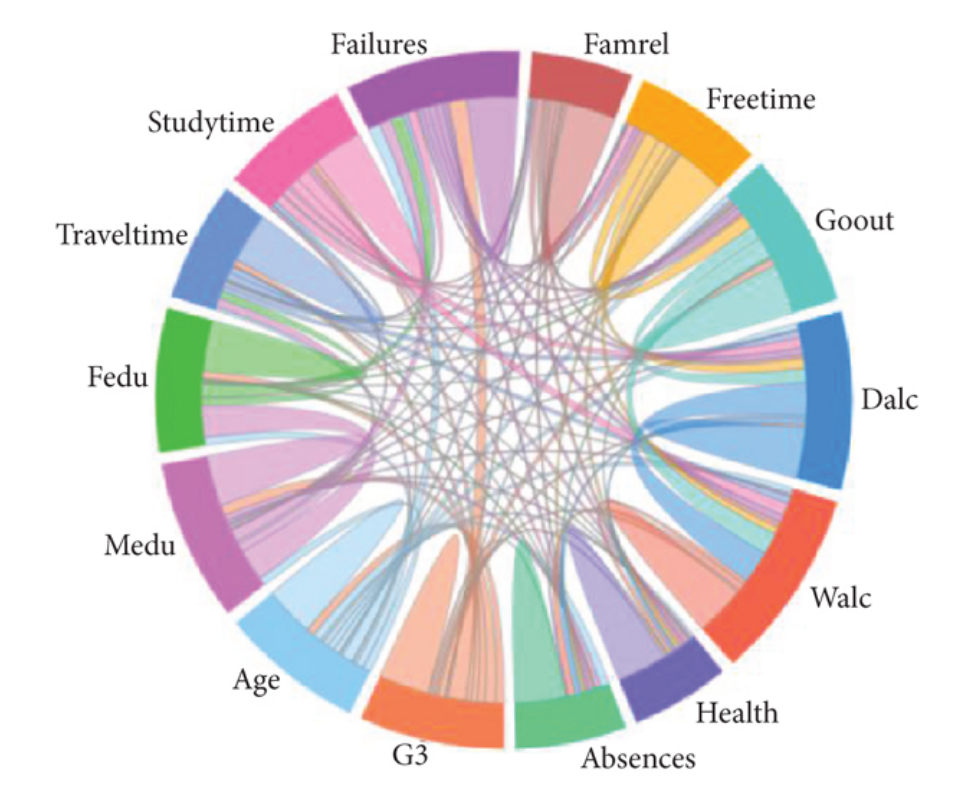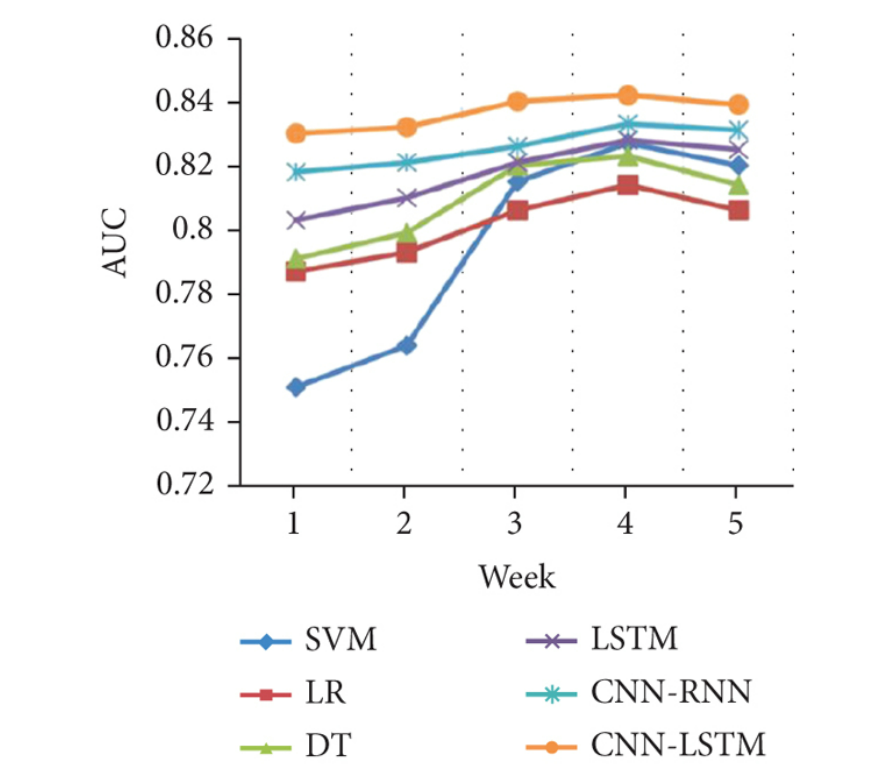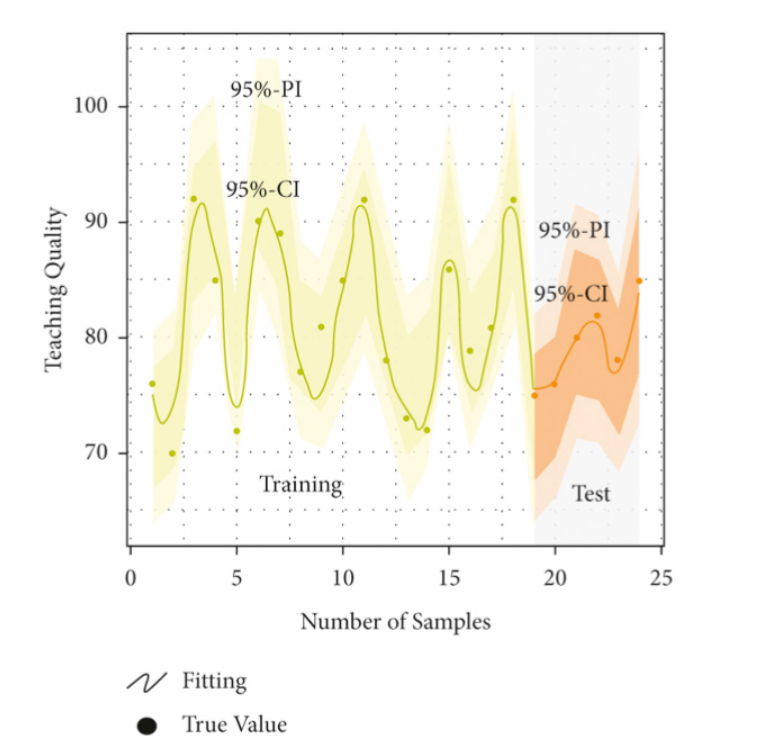 An open access journal
An open access journal
Microlearning: Bite-sized Lessons for Quick Knowledge Acquisition
Abstract
Microlearning, a modern approach to education, focuses on delivering bite-sized, concise lessons to learners, facilitating quick knowledge acquisition and skill development. This paper explores the concept of microlearning, its underlying principles, and the strategies employed for effective implementation. It examines how microlearning leverages technology, including mobile devices and learning management systems, to deliver content in a format that is engaging, accessible, and easily digestible. The discussion includes various microlearning formats such as videos, quizzes, infographics, and mobile apps, highlighting their versatility in catering to diverse learning needs. Moreover, the paper addresses the benefits of microlearning, including improved retention, engagement, and flexibility for learners, as well as reduced cognitive overload. It also discusses the challenges of microlearning, such as the need for careful content curation, ensuring alignment with learning objectives, and measuring its impact on learning outcomes. Through a review of empirical studies and case examples, the paper underscores the effectiveness of microlearning in various educational contexts and industries. The conclusion offers recommendations for educators and instructional designers on incorporating microlearning into their teaching practices, emphasizing the importance of aligning microlearning resources with specific learning goals and providing ongoing support for learners.
Share and Cite
Article Metrics
References
- Anderson, C. A., & Dill, K. E. (2000). Video games and aggressive thoughts, feelings, and behavior in the laboratory and in life. Journal of Personality and Social Psychology, 78(4), 772-790.
- Bersin, J. (2017). Microlearning: A Disruptive Innovation. Retrieved from Bersin by Deloitte website.
- Carey, T., & Seaton, D. T. (2017). The End of College: Creating the Future of Learning and the University of Everywhere. Riverhead Books.
- Chen, N. S., Hsieh, S. W., & Kinshuk. (2011). Is FLIP enough? Or should we use the FLIPPED model instead? Computers & Education, 58(1), 193-201.

